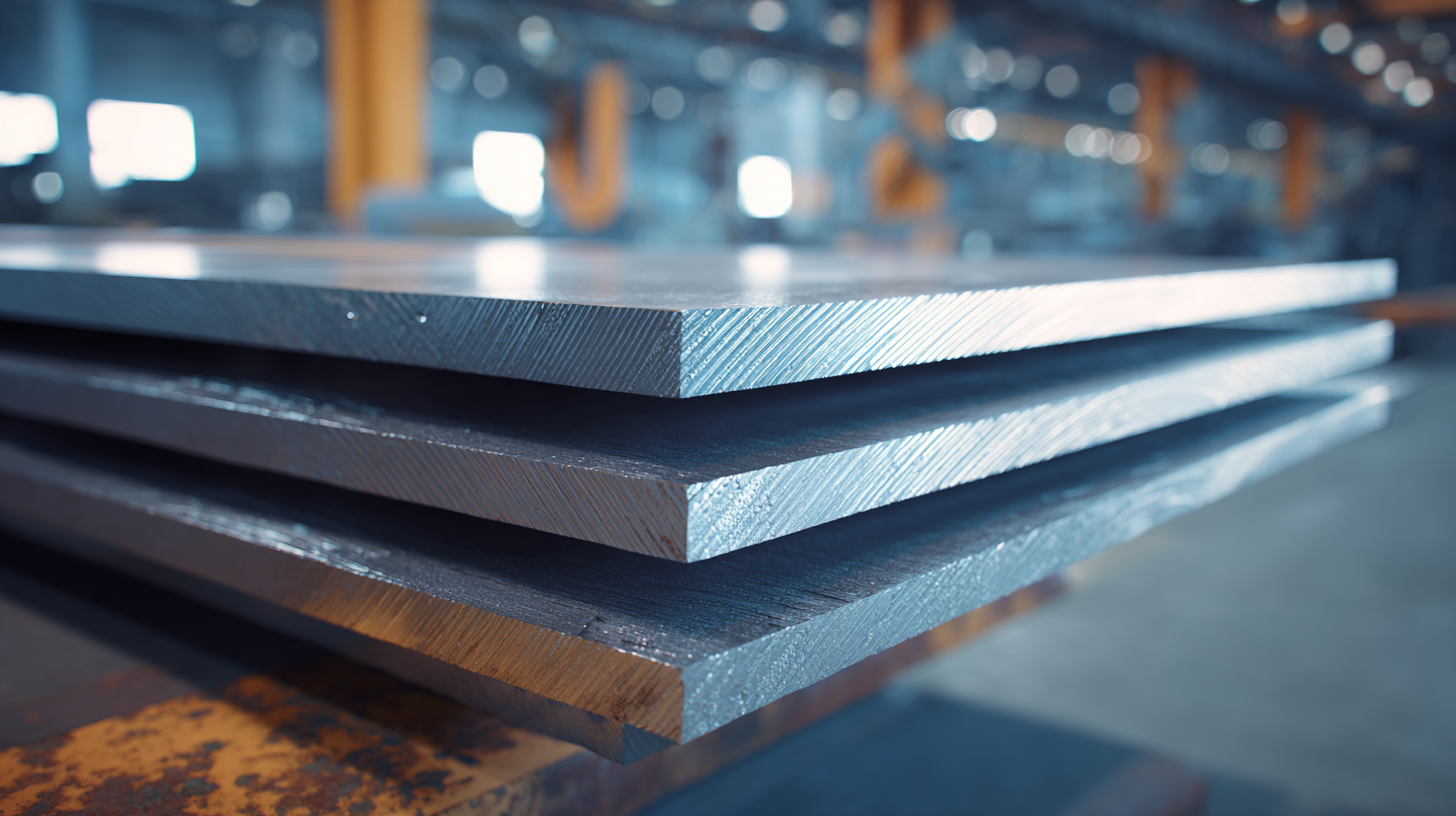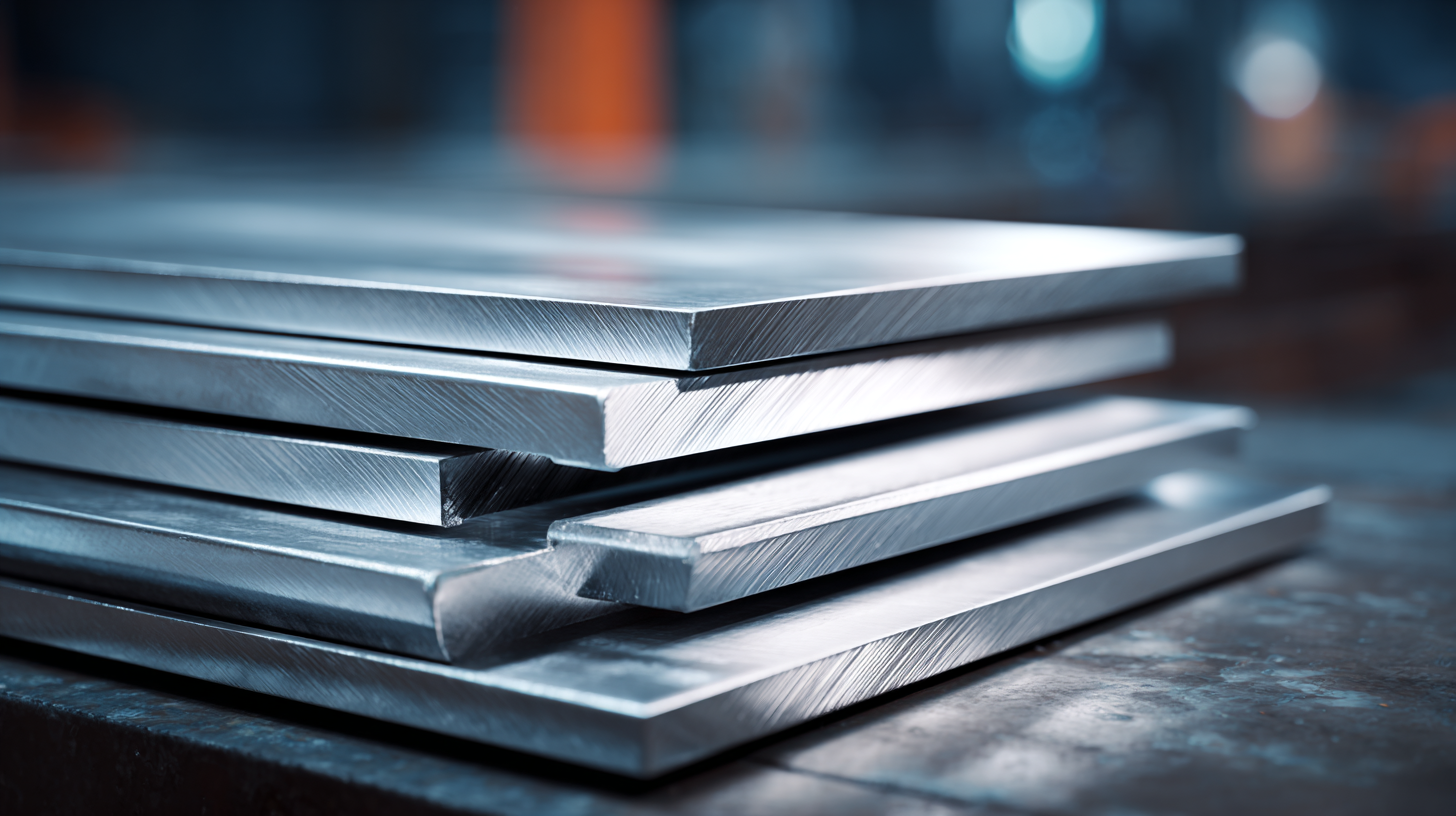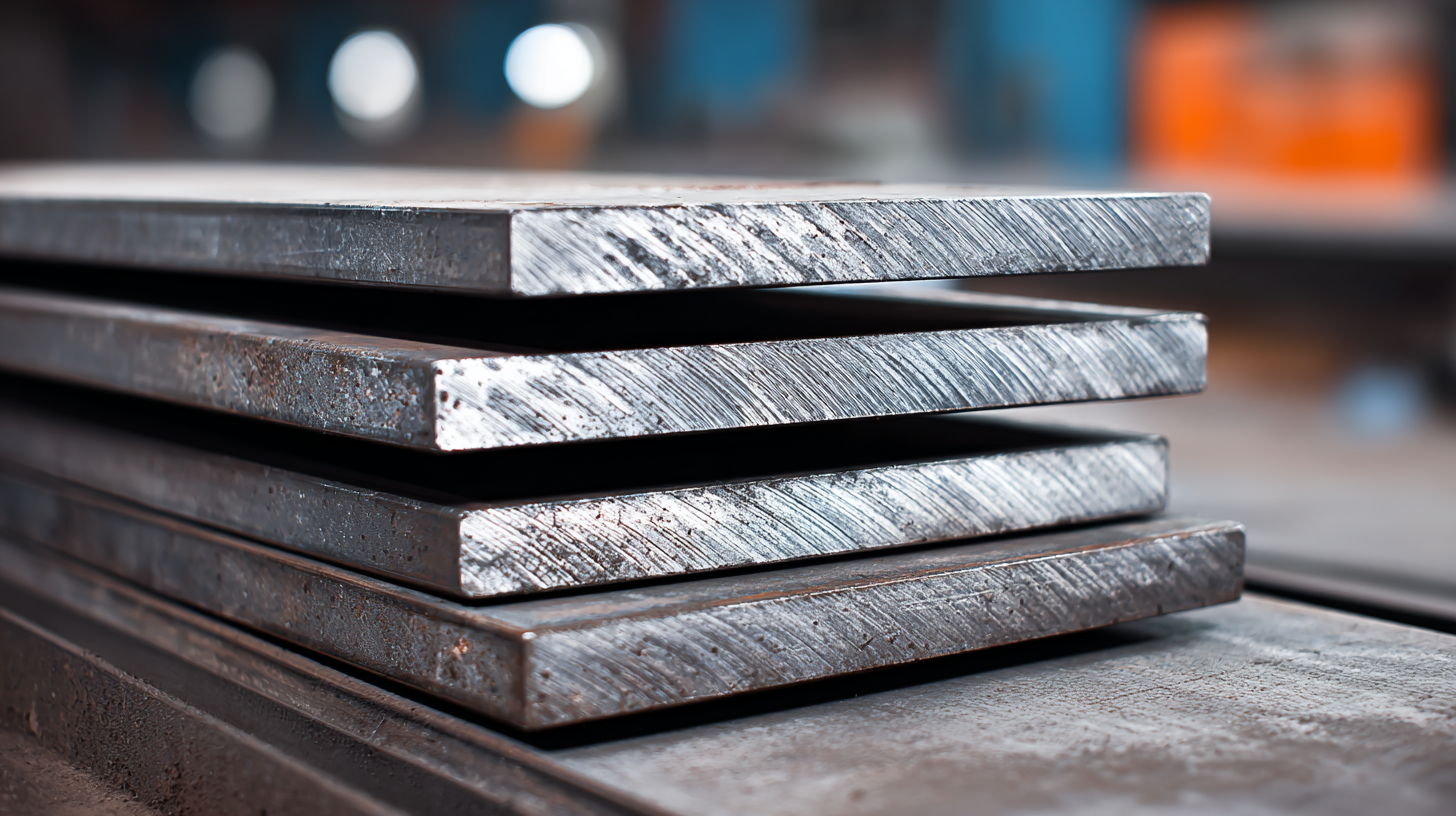Leave Your Message
When embarking on a project that requires the use of Silicon Steel Sheet, it's crucial to make informed decisions to ensure optimal performance and efficiency. Silicon steel, renowned for its exceptional magnetic properties and electrical conductivity, is a preferred choice in various applications, including transformers, electric motors, and generators.
 However, with numerous options available in the market, selecting the right Silicon Steel Sheet can be daunting. This blog post will provide you with five essential tips to help you navigate your choices and find the best silicon steel sheet for your specific project needs. From understanding material specifications to evaluating supplier reliability, these insights will empower you to make a well-informed decision that enhances the success of your engineering endeavors.
However, with numerous options available in the market, selecting the right Silicon Steel Sheet can be daunting. This blog post will provide you with five essential tips to help you navigate your choices and find the best silicon steel sheet for your specific project needs. From understanding material specifications to evaluating supplier reliability, these insights will empower you to make a well-informed decision that enhances the success of your engineering endeavors.
When selecting silicon steel sheets for your projects, understanding their specifications and grades is crucial. Silicon steel, also known as electrical steel, comes in two primary types:
grain-oriented and
non-grain-oriented.
Grain-oriented silicon steel is manufactured to enhance magnetic properties along a specific direction, making it ideal for transformers and inductors. On the other hand, non-grain-oriented silicon steel offers uniform magnetic performance in all directions, which suits applications like electric motors and generators.
Another critical aspect to consider is the grade of silicon steel. Grades are determined based on their silicon content, typically ranging from 0.5% to 6.5%. Higher silicon content generally leads to improved electrical resistance and reduced core losses, but it can also increase costs.
Therefore, it's essential to evaluate the specific requirements of your project, including magnetic performance, cost constraints, and manufacturing processes.
Familiarizing yourself with these specifications and grades will guide you in choosing the right silicon steel sheet to ensure optimal performance and efficiency for your applications.
When selecting silicon steel sheets for electrical applications, understanding the key factors that influence their performance is crucial. The content of silicon in the steel affects its magnetic properties, which are essential for efficient operation in energy-efficient motors and transformers. Higher silicon content typically enhances electrical resistance and reduces core losses, leading to improved efficiency in devices. However, it’s important to balance silicon levels with mechanical properties to ensure the sheets can withstand operational stresses.
Temperature variations also play a significant role in the performance of silicon steel sheets. Electrical steel cores often operate under fluctuating temperature conditions, which can impact magnetization and overall efficiency. Studies have shown that different silicon contents exhibit varying magnetic responses at elevated temperatures, making it essential to consider the specific operational environment when choosing materials. Thus, evaluating both the silicon content and the anticipated temperature changes can significantly enhance the performance and longevity of electrical components, ensuring they meet the demands of modern applications.

When selecting silicon steel sheets for various projects, understanding the difference between grain-oriented and non-grain-oriented types is crucial. Grain-oriented silicon steel is predominantly used in transformer cores and electrical machines due to its superior magnetic properties. According to a report from Research and Markets, the demand for grain-oriented silicon steel is expected to increase by approximately 4.5% annually, driven by the growing need for energy-efficient transformers. This type of steel exhibits high permeability and lower core losses, making it ideal for applications where efficiency is paramount.
In contrast, non-grain-oriented silicon steel is commonly utilized in industrial applications such as motors and generators. Although it offers satisfactory magnetic performance, it lacks the directional advantages seen in its grain-oriented counterpart. A study conducted by the Global Steel Innovations Forum revealed that while non-grain-oriented silicon steel accounts for about 60% of the total silicon steel market, it presents higher core losses compared to grain-oriented variants. Consequently, the choice between these two types should be guided by the specific requirements of the project, balancing factors such as magnetic performance, cost, and application demands.
When considering mobile app development in 2025, understanding the cost factors is crucial for balancing quality and budget. A primary consideration is the complexity of the app. More features typically necessitate additional development time, which directly impacts costs. It’s essential to assess whether advanced functionalities are necessary or if a simpler approach could meet your objectives while minimizing expenses.
Moreover, budgeting strategies should account for the evolving technology landscape. As new tools and platforms emerge, they can influence both development speed and cost-effectiveness. Careful analysis of these options can help in maximizing the value of your budget. Additionally, ongoing maintenance and updates should be factored into the initial budget, ensuring that you can sustain the app’s performance without unexpected financial strain. By making informed decisions about complexity and leveraging emerging technologies, you can achieve a balance that supports both your project needs and your financial constraints.
Silicon steel sheets play a crucial role in various industries, primarily due to their magnetic properties and efficiency. These sheets are extensively used in electric motors and transformers, where they enhance performance and reduce energy losses. As global initiatives push towards sustainability and renewable energy, the demand for silicon steel sheets is surging, particularly in the electric vehicle (EV) market, which benefits from high-efficiency motor applications. The growth of solar energy also boosts the need for these materials in solar panel manufacturing.

Additionally, the Cold Rolled Motor Lam Steel (CRMLS) market is witnessing significant expansion, fueled by technological advancements and an increasing shift towards electrification in transportation and power generation. As industries evolve, requirements for specific grades of silicon steel sheets are becoming more stringent, emphasizing low core loss and high magnetic permeability. This evolution not only reflects market demand but also highlights emerging trends where innovation in manufacturing processes—such as 3D printing with advanced materials—opens new avenues for design flexibility and efficiency in the production of silicon steel components.






